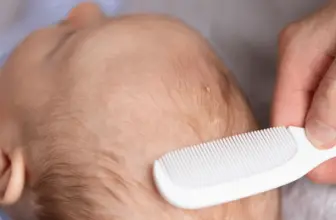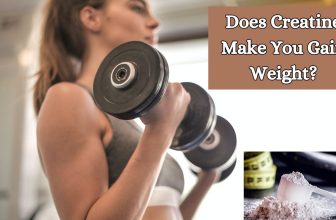How to Relieve Middle Back Pain?
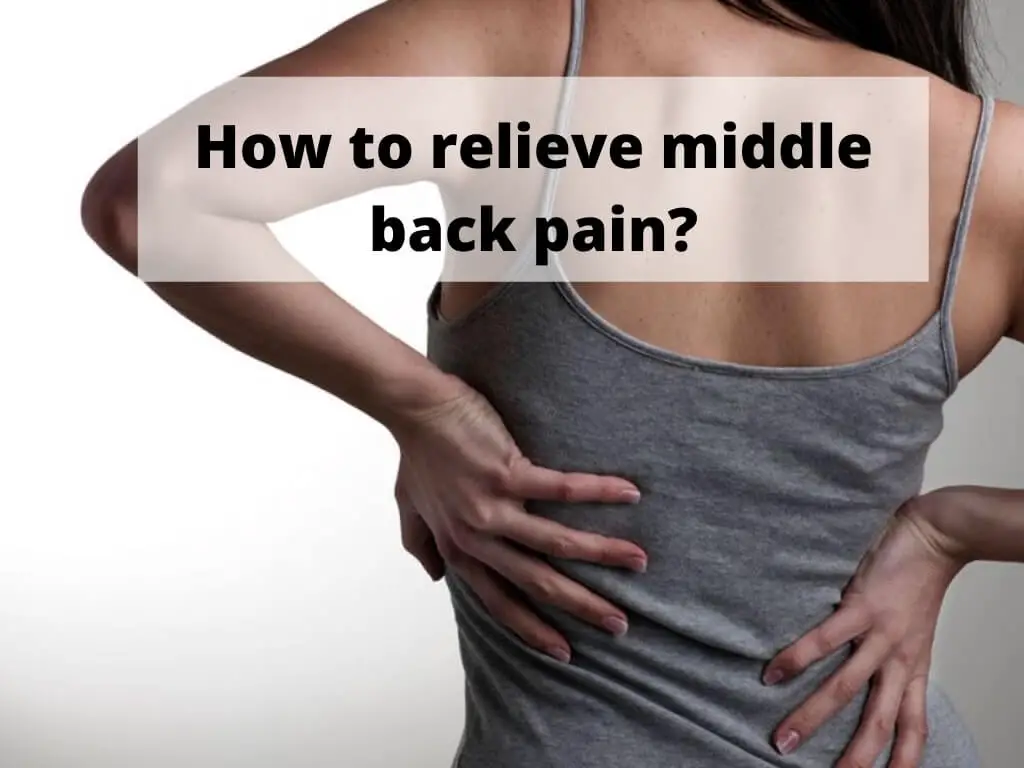
Middle back pain involves the area below the neck and above the bottom of the rib cage, also known as the thoracic spine. Twelve backbones start from T1 to T12. Besides them, the disk is located.
The spinal column protects the spinal cord. The spinal cord is a long bundle of nerves that allows the brain to communicate with the rest of our body. There are many ways that these muscles, nerves, bones, or ligaments can irritate or injure these nerves resulting in back pain.
Symptoms of middle back pain
Many different symptoms show you are having middle-back pain. Symptoms can differ with the cause of your pain. Here are some of the general symptoms of mid-back pain.
- Dull pain
- Muscle stiffness and tightness
- Burning sensation
- Stabbing and sharp pain
- Muscle aches
- Some other severe symptoms are:
- Chest pain
- Numbness and tingling in the arms, chest, and leg
- Loss of bladder and bowel control
- Weakness in legs and arms
Causes of middle back pain?
Poor posture
Continuous pressure on the spine can result in moderate back pain. In some situations, the cause of this pressure is our poor posture. To keep balance while slouching, your body’s ligaments and muscles must work hard. Overworking of these muscles results in middle back pain.
Obesity
A study on back pain and weight correlates obesity and back pain. And clears that the risk of middle back pain increases with increased back pain.
Muscle strain and sprain
A sprain is the stretch or tears in muscles and tendons. Continuous lifting of heavy objects with poor posture can result in back pain. Besides, it can also occur after a sudden awkward movement.
Fall or injury
There are fewer chances of middle back pain getting injured than in the lower or cervical spine region. The main reason is due to its rigidity and proper structure. But still, the middle back can be damaged in the following injuries:
- Car accident
- Blunt force trauma
- Sports accident
- A fall, from a height or down the stairs
A thoracic spine injury can happen to anyone, but older people are more likely. If you experience any pain after an incident, contact your doctor immediately.
Herniated disk
Herniated disk takes place when the pressure is put on your nerves when the gel-like disc core pushes the outer ring of cartilage. Generally, they are also known as ruptured disks or slip disks. This pressure on the nerves can result in tingling, pain, and numbness.
Aging
Middle back pain problem also relates to age. Older people are more prone to such pain. According to research middle, back pain problems generally occur in people between 30 to 50 years of age.
Best ways to relieve middle back pain
If you have middle back pain, don’t worry, as relief is a few stretches away from you. To soothe the mid back pain stretching of the front and back of the body, movements to elongate the spine, and building muscles to improve the stretch is no less than medication.
Here are some stretches that you can perform anywhere. Besides, it’s best to take a short break while working on getting relief from the tension building in your back. Just take a few steps back from your desk and perform these stretches.
Cat-Cow Movements
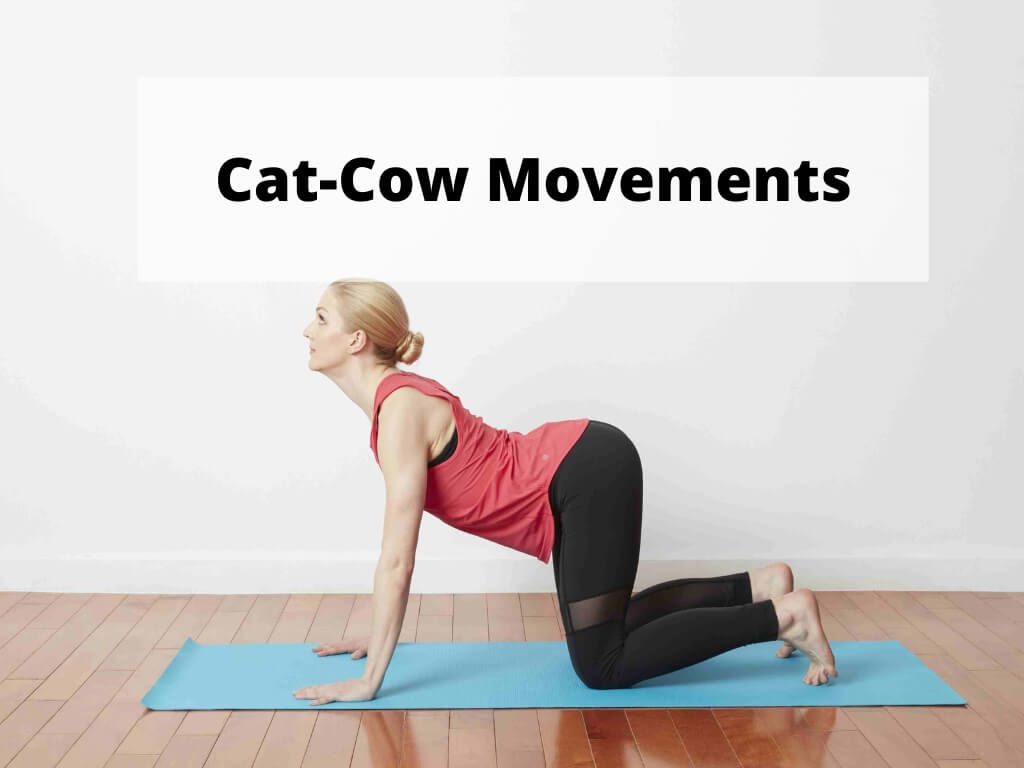
Photo Credit: Robustalive.com
This gentle spinal movement is ideal for warming up the body for some difficult stretches. Besides, it will release the stiffness in your middle back.
- Start with all the fours, wrists under shoulders, and knees under hips. If you are uncomfortable, rest your knee under a blanket.
- Distribute the equal eight on your hand by spreading your fingers. Avoid dumping your weight onto the wrist by pressing your finger and palm pad on the ground.
- Move your belly down and face up by gently moving your pelvis upward.
- Exhale, round your spine, and arch like a cat by tucking in your pelvis and letting your head hang loosely.
- Repeat the stretch at least five times, and when you warm up, let your stretch deepen.
Passive Backbend
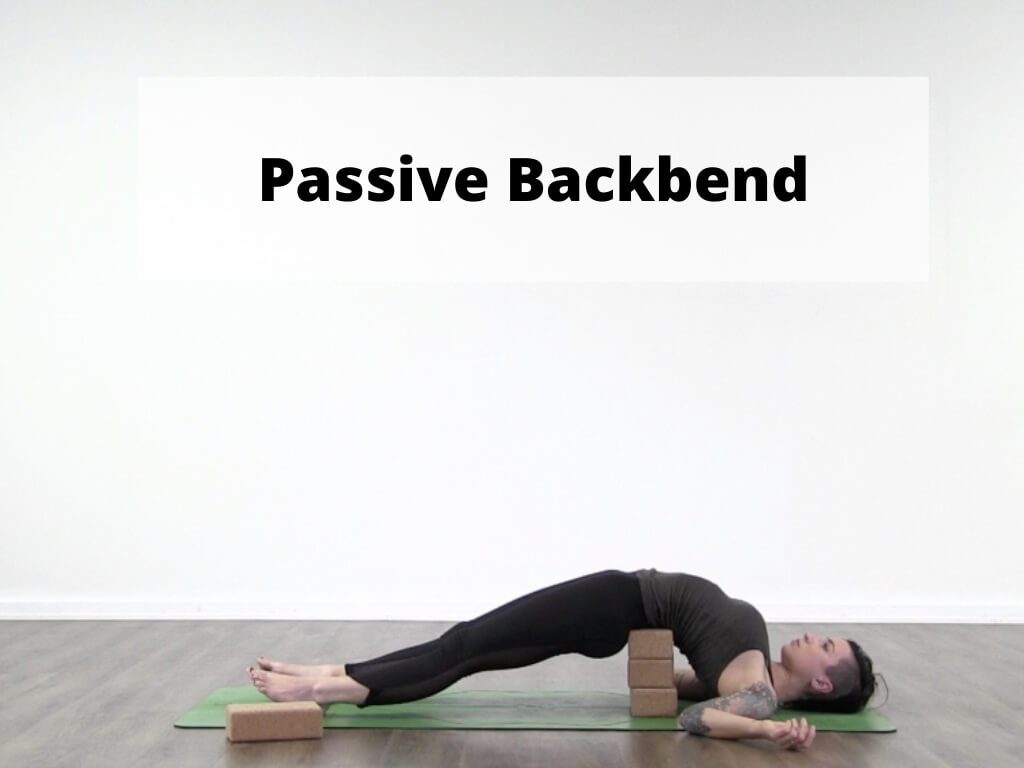
Photo Credit: Robustalive.com
After a long stressing day, a passive backbend can relieve all the tension. You can hold this pose for as long as possible, preferably for 3 minutes. This stretching pose increases your back flexibility and benefits in reducing stress and improving posture.
This stretch involves props that you can quickly get at home, and you can also use yoga blocks if you have any.
- Roll a yoga mat, blanket, or a towel. Place the roll on the floor. If you have a yoga mat, roll only half of it, depending upon the mat thickness and your flexibility. As in the case of a more significant role, your back should be more flexible.
- Lie on this roll so that it rests at the bottom of your shoulder blades, near the middle back. For a deeper version of this backbend, you can place one yoga block under your shoulder and the other under your head. To support the neck, elevate your head.
- Take long and deep breaths. You can place a second roll under your head as the pillow if necessary.
Seated Twist

Photo Credit: Robustalive.com
To release the mid-back pain and improve flexibility, twists are a great way. Besides, it’s also famous in yoga philosophy that the twists benefits in wringing out the internal organs and encouraging detoxification. During the twist, keep your spine straight.
These twists work to elongate the spine, but the turning action can compress it if your vertebra is rounded. Many students try this twist while haunching over but to get its benefits to keep your spine straight.
- Sit cross leg in a chair.
- Inhale; sit straight while placing your right hand behind and left hand on the right knee.
- Exhale; twist your head to your right side. The twist will release the tension from the middle of the back. Please don’t overdo it by doing it aggressively.
- Gaze your right shoulder as far as the neck allows. Hold for a second a release to the center. Stay at the center for at least one breathing cycle.
- Repeat the same on the other side for the same time.
Cobra pose
This gentle pose will benefit your back in both strengthening and stretching. Instead of focusing on engaging your arms, use your back muscles to release the tension to release your middle back pain. This pose will benefit your posture by automatically restricting the tension accumulation in the back.
- Lie straight on your stomach facing down, and put your hands under your shoulder.
- Inhale and curl your chest to engage all the back muscles. To know the engagement of your back, you can lift your hands off the ground.
- Press your hands lightly to deepen the stretch. Try to have 95% bend from your back and give a little push from your hands.
- Hold the position for two poses and then release. Repeat twice
Bridge pose
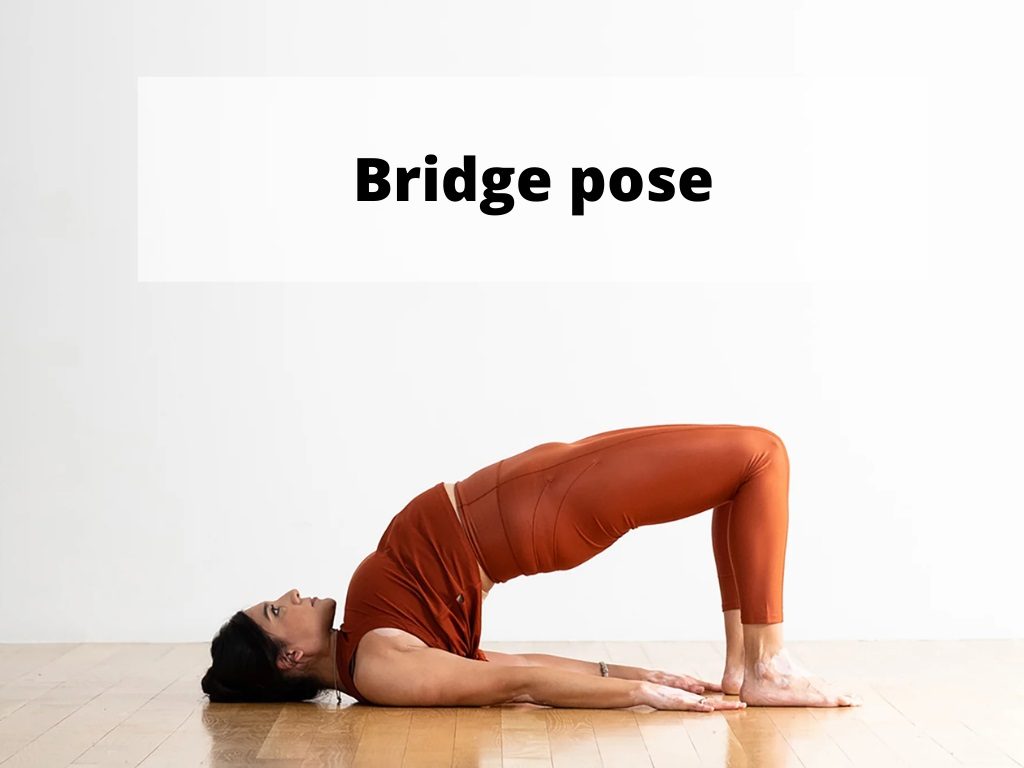
Photo Credit: Robustalive.com
The bridge pose is beneficial for strengthening and opening your back. This stretch has a slight pressure on your neck, so make sure you are looking at a single point on the ceiling to avoid turning your head.
Lie on your back and put your feet flat and slightly apart from your tailbone. In this position, your fingers should be able to touch your feet.
- Press shoulder on the ground and tuck them to your back gently. It will make your chest out slightly.
- Press into your feet and send your hips gently towards the ceiling.
- Clasp your hand underneath and press your arms and feet to lift your hips gently towards the ceiling.
- Before lowering down your body, stay 5 to 7 breaths, unclasp the hand and bring them to rest.
- Repeat the posture three times and be mindful when entering and exiting this pose.
References
https://www.medicalnewstoday.com/articles/323813
https://www.webmd.com/back-pain/understanding-back-pain-treatment
https://www.spine-health.com/blog/exercises-upper-and-middle-back-pain
https://source1therapy.com/4-stretches-for-the-middle-back/
https://www.voltarol.co.uk/understanding-pain/middle-back-pain/
https://www.ramsayhealth.co.uk/blog/orthopaedics/ways-of-relieving-upper-and-middle-back-pain


